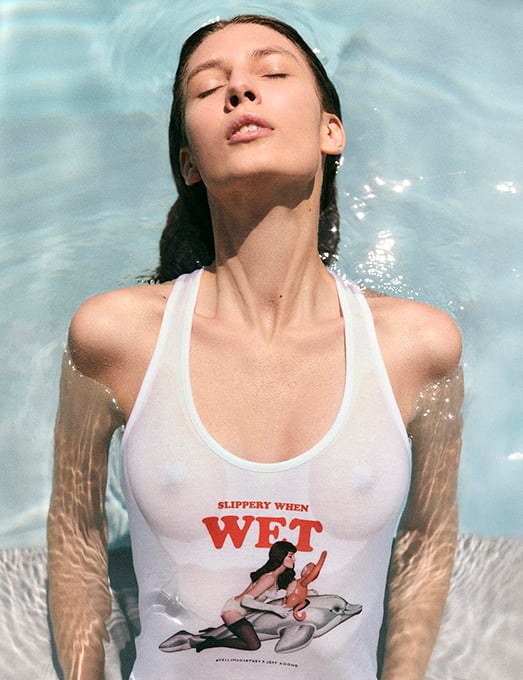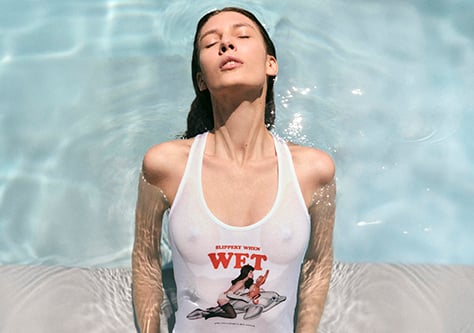We consider our environmental footprint at every point of our design process, even after our products have been sold. Clevercare reminds us all to consider Mother Earth when washing, drying and taking care of our clothes.
We design collections that are built to last and we introduced Clevercare during the Copenhagen Fashion Summit in 2014. It is a garment labelling system to remind us all to consider the environment when washing and caring for our clothes.
Clevercare covers five simple areas of clothing care: washing, temperature, drying, ironing and dry cleaning. These will help extend the life of your garments, decrease the amount of pieces that end up in landfill and reduce your environmental footprint.
The less you wash your clothes, the better. I was told that by the tailors on Savile Row when I worked there and it’s true – clothes last longer if you wash them less and care for them more. And less washing saves water and energy.
Five easy ways to adopt a sustainable laundry routine
An estimated 350,000 tonnes of used clothing go to landfill in the UK every year. According to the Environmental Protection Agency, the average American throws out 70 pounds of garments every year – with 85% of it ending up in landfill. On top of this, laundry accounts for approximately one quarter of the carbon footprint of clothing.
Think twice about washing
Wondering how often should you wash your clothes? Washing them regularly uses an incredible amount of water; often, methods such as airing and brushing your pieces are enough to keep them clean. Consider spot cleaning for any small stains.
Keep it cool
Wash care labels indicate the highest temperature allowed for cleaning specific items without compromising their quality. A simple way to extend the life of your clothes is to wash them at a lower temperature and hang instead of tumble dry. Studies recommend washing at 30°C rather than 40°C, as this small change in temperature reduces electricity consumption by approximately 40% and provides better care for your clothing.
Take it outside
Tumble drying accounts for 60% of the energy used during laundering. We recommend hanging your clothes up to dry whenever possible – it’s better for the environment and for your pieces. Washing cotton garments at lower temperatures and then air-drying them reduces the total lifecycle energy consumption by two times.
Crease free, the easy way
Think of ironing only when really necessary. Often, you can avoid creases and folds by taking hang dried laundry in the bathroom while showering. The steam will naturally remove creases, saving effort and energy from ironing.
Go green when you dry clean
When it comes to dry cleaning, the best option is to look for an eco or green dry cleaner. The chemicals used by most dry cleaners can harm air quality, the health of employees and your own wellbeing. To avoid dry cleaning altogether, remember that cashmere, cotton and most wools are easily hand-washed in the sink or on a delicate cycle.
Because we never want garments to end up in landfill, we do everything we can to ensure items live a long life. If you are finished with your clothing or accessories and they are in good condition, we recommend giving them to a friend or selling them through a consignment site like The RealReal so that someone else can love them. Alternately, you can recycle them so they can get a second life as new textiles.







